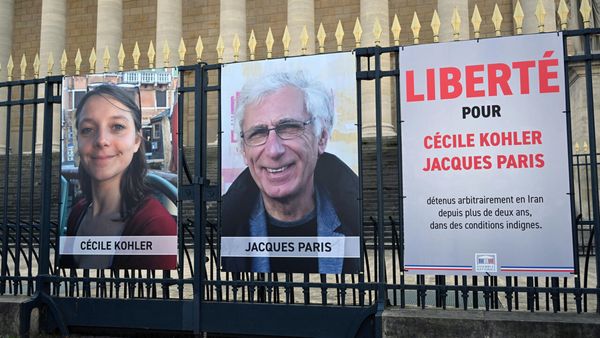Road development is the one key project that has trumped all other projects in the city in terms of vision, fund allocation and execution during the last 10 years since creation of Telangana as a separate state in 2014.
Majorly implemented by GHMC, the Strategic Road Development Plan (SRDP) encapsulated a wide array of cost intensive projects, including construction of flyovers, underpasses, roads over bridges, and roads under bridges, among others.
Conceptualised with the initiative of Minister for Municipal Administration & Urban Development K.T. Rama Rao, the mega infrastructural project is aimed for signal free traffic flow from end to end, with the stated objectives of minimising the travel time, reducing traffic jams, and bringing down air pollution levels.
While achievement of desired goals always remains debatable, GHMC certainly deserves a pat on the back for the speed and gusto with which several components of SRDP were finished.
“I happened to visit the western part of Hyderabad recently after a gap of several years, and could not believe my eyes. Everything has changed so much, and there is so much development on the infrastructural front. I forgot for some time that I was in India,” effused A. Radhika, a non-resident Indian from California.
As per a statement shared by GHMC on its 10-year achievements, a total of 32 SRDP components have been completed by the civic body with an expenditure of ₹2,776 crore. Three works costing ₹472 crore have been completed by other departments such as HRDCL and HMDA.
Prominent structures created under the project include the cable stayed bridge on Durgam Cheruvu, seven flyovers and three vehicular underpasses in LB Nagar zone, six flyovers and two underpasses in Serilingampally, and a steel bridge to ease traffic flow near Punjagutta graveyard, besides several others.
Thirteen more components are under progress, at an estimated cost of ₹3,515 crore. Proposals for Phase-II of the project are ready, and await fund allocation.
Flip side
There is a flip side to the success story though. In terms of cost-benefit analysis strictly within the framework of city transport, the cost-intensive project contributes least to the public transport and most to the private transport.
Free flow of traffic has aided reckless driving and over speeding, resulting in more accidents than ever. The classic case of over speeding was witnessed in 2019 when a car travelling at over 130 kilometres per hour jumped over the flyover on the Biodiversity junction, and fell on a woman killing her instantly, and grievously injuring another.
Conversely, it is argued that the enhancement in infrastructural facilities is designed to attract investments to the city, which will boost the economy.
The SRDP project has certainly compromised the GHMC’s economy, as there was nil support from the government in terms of budget required. The project totally stands on GHMC’s creditworthiness in the market, which is based on its sources of revenue generation. Major portion of SRDP was funded through borrowings and a part through issue of bonds.
In the latest GHMC budget approved for the year 2023-24, 20% of the total revenue and about 53% of the capital revenue was shown as from borrowings. Debt servicing constituted 7% of the total expenditure and 17% of the revenue expenditure, which could prove to be a great burden on citizens in the time to come.
As per the statement from GHMC, the cumulative loan burden in absolute terms is ₹6,035 crore so far.
“The government is spending extravagantly on aiding private transport at the cost of public transport. The status of roads in the city is pathetic owing to frequent flooding,” says M. Padmanabha Reddy, Secretary, Forum for Good Governance.
The life time of a CC road is close to 10 years, and a BT road is six to seven years as per the IRC guidelines, he says, and seeks to know if Hyderabad matches these standards. The current imperative is to strengthen the existing infrastructure in terms of storm water drainage, and not to spend on new, he feels.







